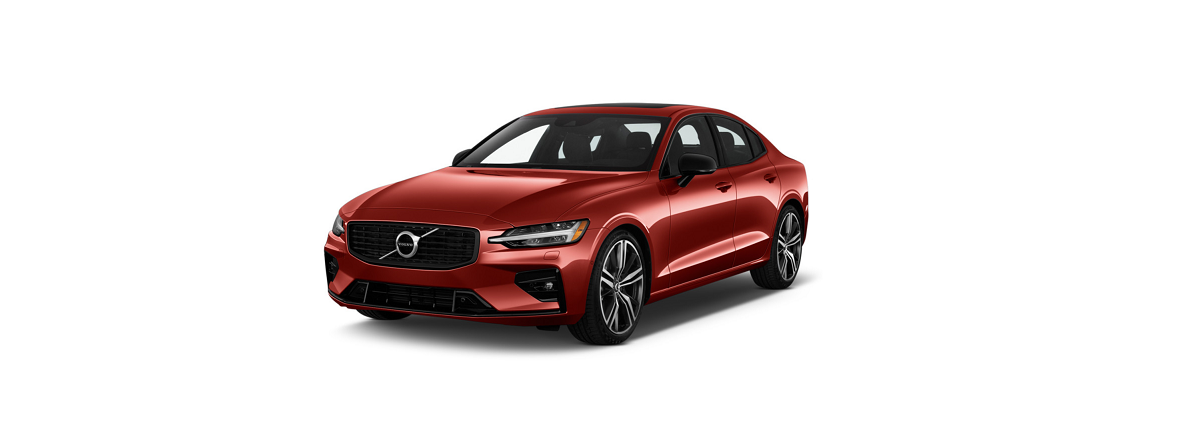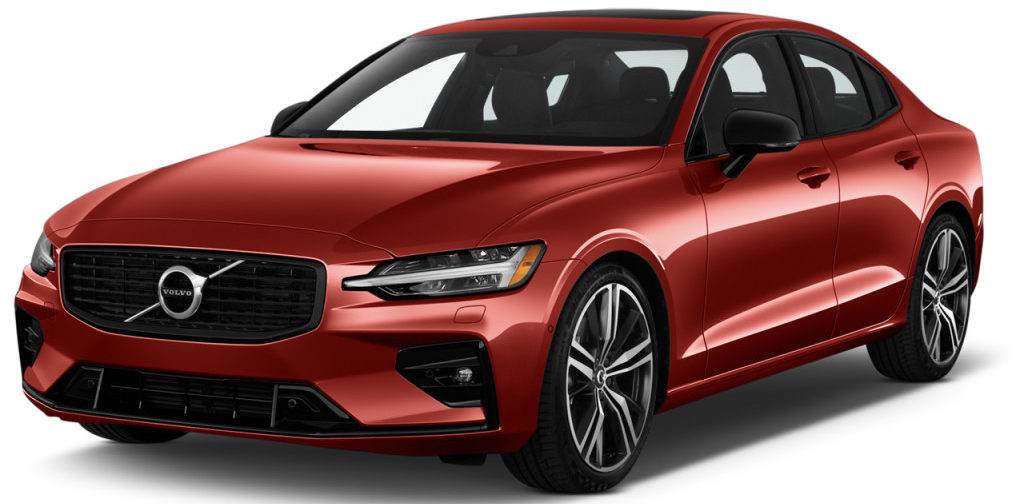Warning
- Fuel which spills onto the ground can be ignited.
- Switch off the fuel-driven heater before starting to refuel.
- Never carry an activated mobile phone when refuelling. The ring signal could cause spark build-up and ignite petrol fumes, leading to fire and injury.
Fuel consumption and CO2 emissions
Examples of causes of increased fuel consumption include:
- If the car is equipped with extra equipment that affects its weight.
- Driving style.
- If the customer chooses wheels other than those mounted as standard on the basic version of the model, this could increase rolling resistance.
- High speed causes increased air resistance.
- Fuel quality, road and traffic conditions, weather and the condition of the car.
- A combination of the examples above could increase consumption considerably.
Note
Extreme weather conditions, driving with a trailer or driving at high altitudes, in combination with poorer fuel quality than recommended, are factors that considerably increase the car’s fuel consumption.
Petrol station
When stopping to refuel it is a good idea to make a general inspection of the car as well, such as checking tyre pressure, bulbs, wiper blades, topping up washer fluid, etc.
Fuel tank – volume
| All engines | |
|---|---|
| Litres (approx) | 60 |
| US gallons (approx) | 15,9 |
Opening and closing the fuel filler flap
- In the driver display, the arrow next to the tank symbol indicates which side of the car the fuel filler flap is located on.
- Open the fuel filler flap with a gentle press on the rear of the flap.
- After refuelling is finished – close the flap with a gentle press.




